“»-(¯`v´¯)-Fr!ɛnds R 4ɛvɛr, Guyz R whatɛvɛR-(¯`v´¯)-» has just signed in.”
The excitement, the pure adrenaline rush that came when seeing your crush or love interest log on to MSN Messenger just moments after you was indescribable. Were they appearing offline and trying to grab your attention? Was it a completely random occurrence and – therefore – kismet?
All that was left beyond that stage was waiting to see who would make the first move so the love story could begin – that is, unless your parents inconsiderately stood in the way of young love by deciding to make a phone call that would interrupt the dial-up connection.
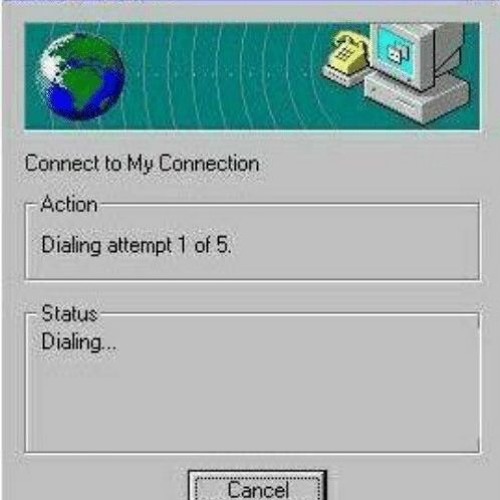
Despite later being branded as Windows Live Messenger, MSN Messenger will always be simply known as ‘MSN,’ and no amount of marketing or branding budgets could ever change that.
Originally launched in 1999, the instant messaging platform was an at-the-time groundbreaking medium that acted as a Whatsapp-Facebook-Tinder mashup for young teenagers who were, more often than not, logged on from old, clunky computers strategically located in the living room to prevent them from obtaining enough privacy to access adult content.
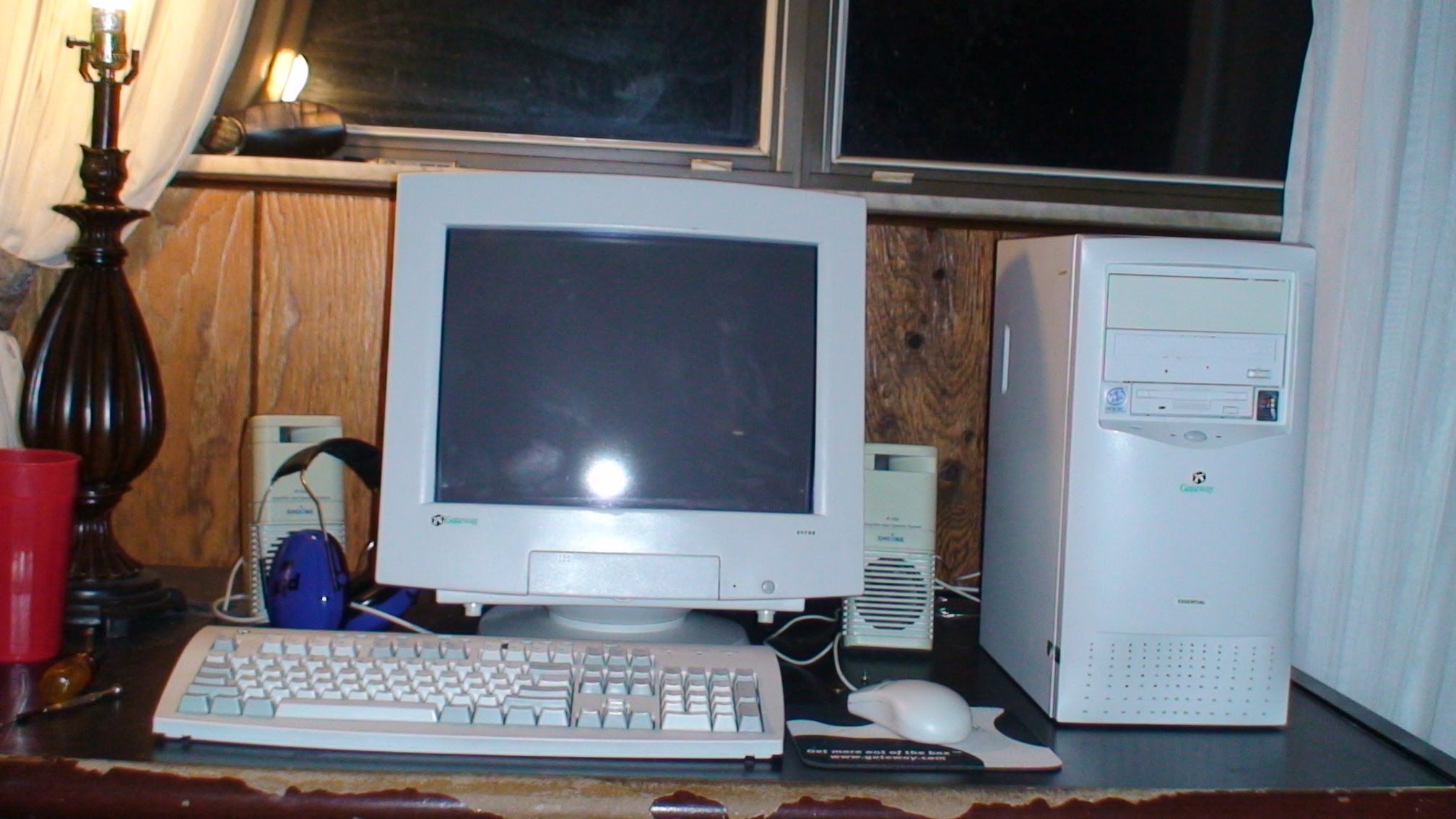
During those hormone-addled years, every word or emoticon carried its weight in gold and acted as a signal or hidden message. A person’s nickname could include poetic or humorous phrases or song lyrics, while a strategically selected profile picture could help a shy teenager express their thoughts indirectly but in no way discreetly.
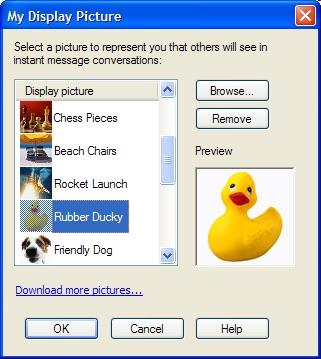
Because of this, MSN was largely a symbol of young love for children of the 90s, far more than at-the-time counterparts like MySpace or HI5. When asked what they remember most about MSN, almost all of them cite it as where their first relationships took off or where their crushes first professed their feelings.

One user remembers how he took the Hotmail email address of the girl he liked and asked her out on a date. His mission was deemed accomplished when he took her out for a movie at the Ramses Hilton.
These young romances may not have lasted beyond a few short weeks, but some will never forget the rush that came with these confessions of love and will forever associate MSN with romance. However, the platform was also considered a bit of a social network in itself due to users’ ability to post statuses, change their nicknames and profile pictures, and even reveal what music they were listening to in real-time.
The ‘Listening To’ tab was located right under the user’s nickname, which, more often than not, was simply a means of showing friends how ‘cool’ your music taste was.

Some would turn off that setting when listening to the likes of Avril Lavigne but would frantically make sure that it was operational when blasting the angry tunes of Metallica – if their crush was a metalhead, that is. During the heartbreak stage, these songs would either switch to sad ones to express a desire to reconcile or happy, upbeat ones to send a message along the lines of “I’m better off without you.”
When asking users of the platform what else they remember about MSN, many nostalgically recall the platform’s ‘winks,’ which were short animations that would momentarily take over the screen in both sight and sound. These included humorous ones like a woman laughing hysterically or provocative ones like a giant kiss planted right on the screen. Those, along with the ‘nudges’ that loudly shook an entire chat, further eliminated the privacy element because they could be detected by anyone within earshot.
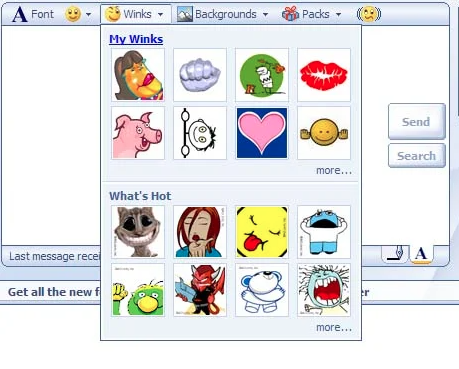
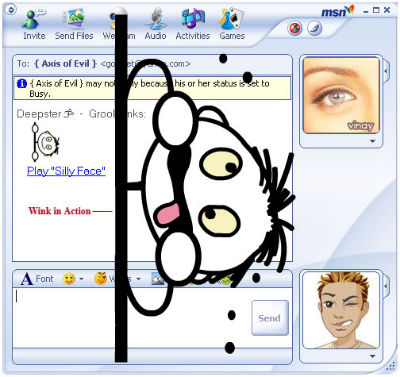
MSN Messenger, along with similar messaging platforms like ICQ, was also one of the earliest homes to the classic emoticons, which were often described as “typographical art.” Users got incredibly creative with the use of commas, periods, brackets, and symbols to portray emotion, and the classic happy/sad smiley faces still live on to this day.
These creative symbols were soon complemented (but not replaced) by early-day emojis that could be sent using customizable keyboard shortcuts. Send a child of the 90s something like :@ and they’ll immediately recognize it as a symbol of anger.
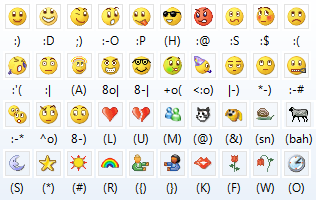
It wouldn’t be appropriate to discuss MSN without mentioning its significant role in kicking off the world of instant messaging abbreviations. If your mom called you mid-chat, you’d type in ‘brb’ in a matter of seconds, with the person on the other end responding with ‘tyt.’ Today, there’s an entire collective of abbreviations used by the younger generations and the circle of (internet) life goes on; despite being a pioneer of such abbreviations, a child of the 90s may need to look up what something like ‘hmu’ or ‘lmk’ means before responding in a chat.
Even though it officially shut down in 2013-2014, MSN sadly began dying down much earlier with the launch of the Blackberry Messenger (BBM) in 2005 and the public release of Facebook in 2006.
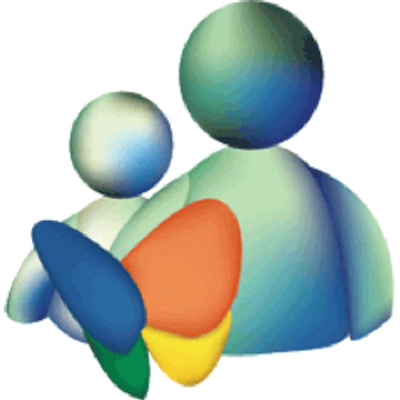
It is difficult to pinpoint what exactly makes MSN so close to our hearts to this day. Is it because of its groundbreaking position as one of the first popular instant messaging platforms, or does it simply boil down to old-fashioned nostalgia of simpler times? The reason may differ from person to person, but it’s safe to assume that many of the users who relied on it for daily communication would relish the idea of signing in to their old accounts again.
Subscribe to the Egyptian Streets’ weekly newsletter! Catch up on the latest news, arts & culture headlines, exclusive features and more stories that matter, delivered straight to your inbox by clicking here.
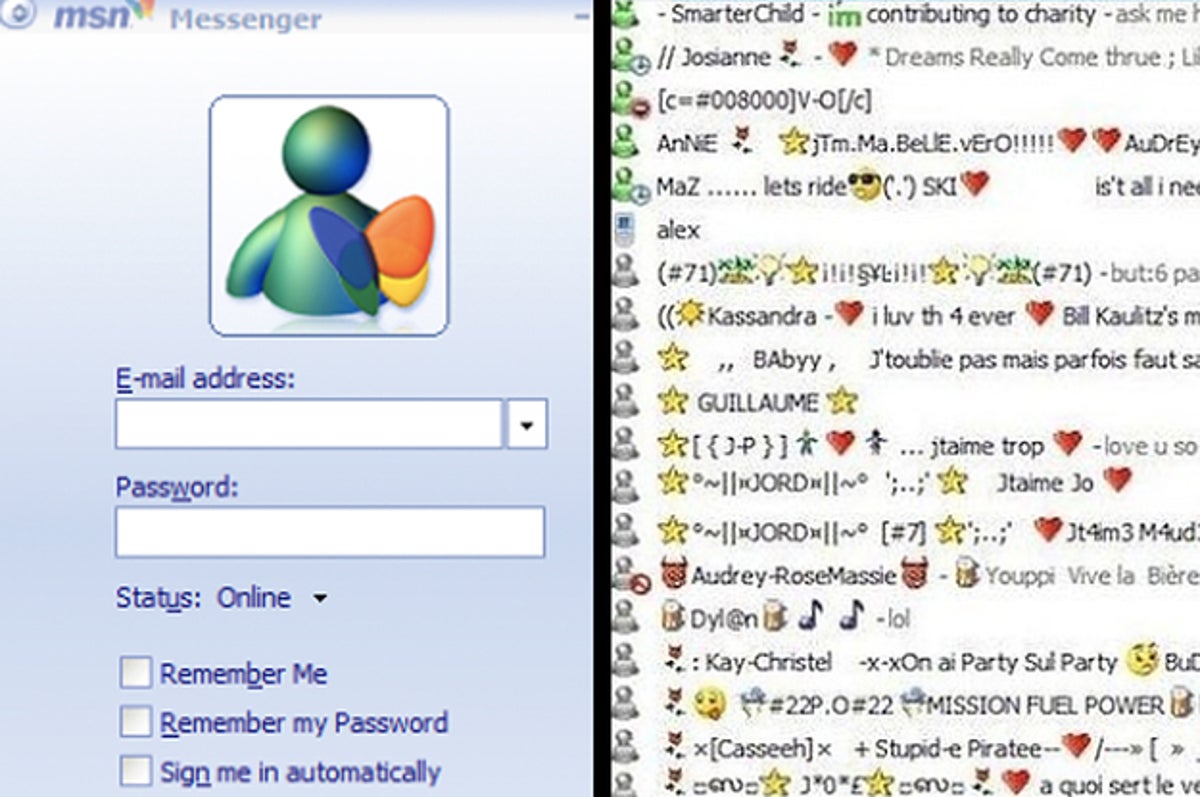






Comments (10)
[…] MSN Messenger: A Nostalgic Look Back at a Staple of the 2000s Explore the Cultural Treasures of Egypt’s Port Said This Year […]
[…] المصدر by [author_name] كما تَجْدَرُ الأشارة بأن الموضوع الأصلي قد […]